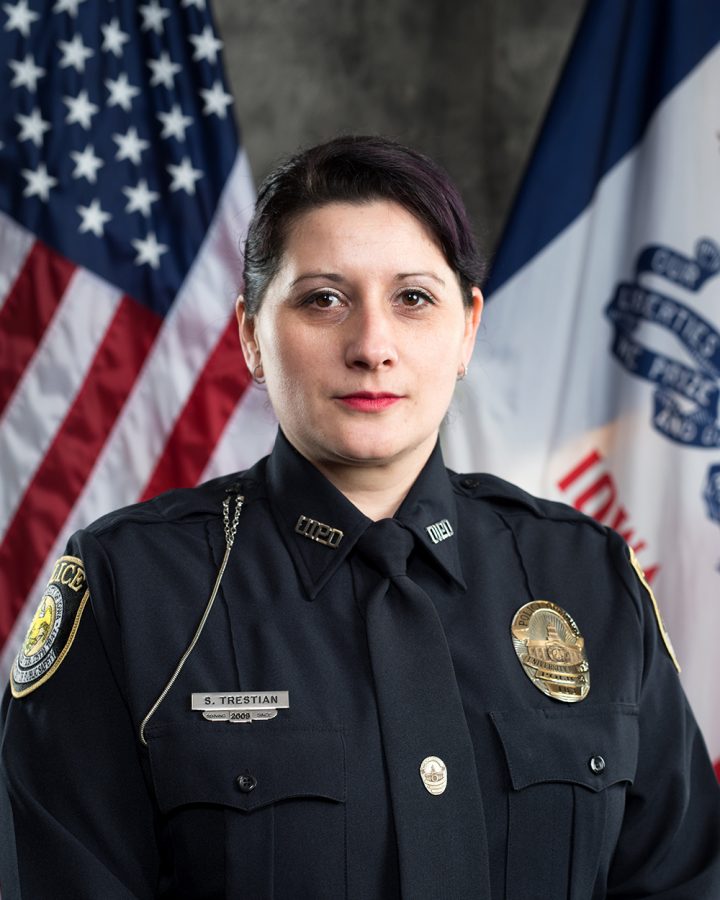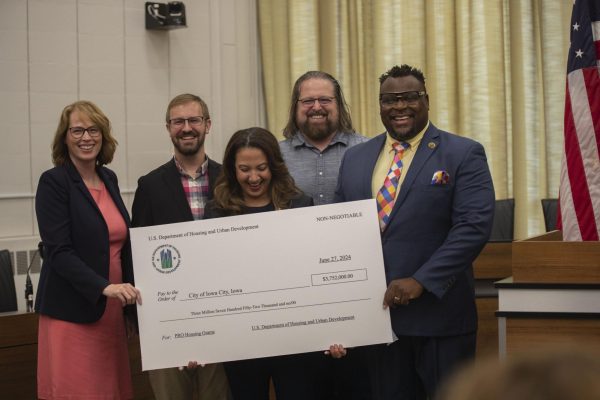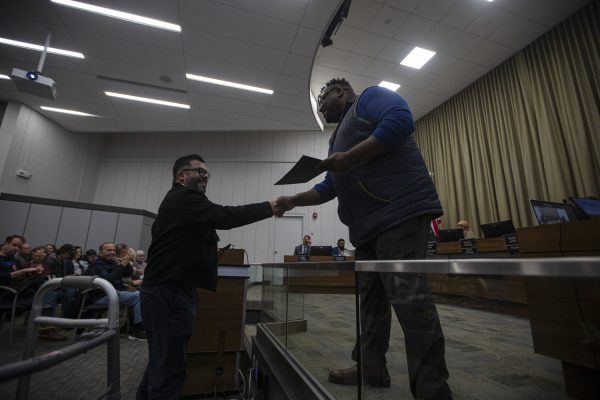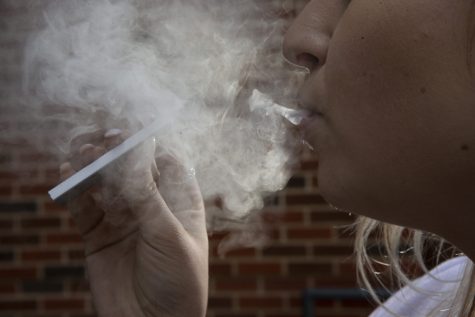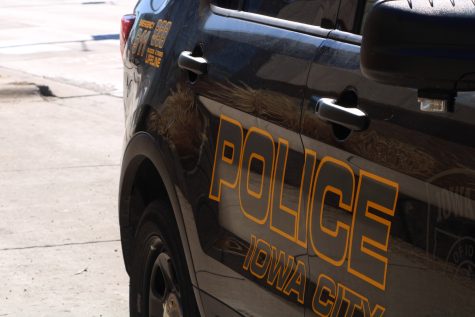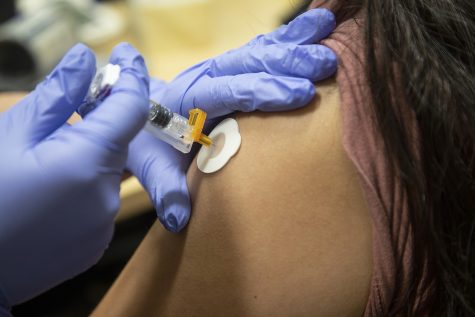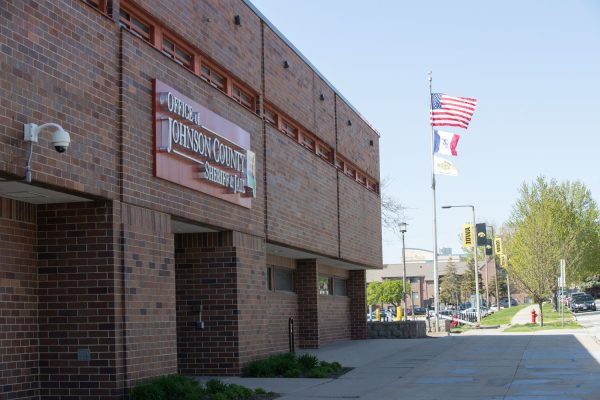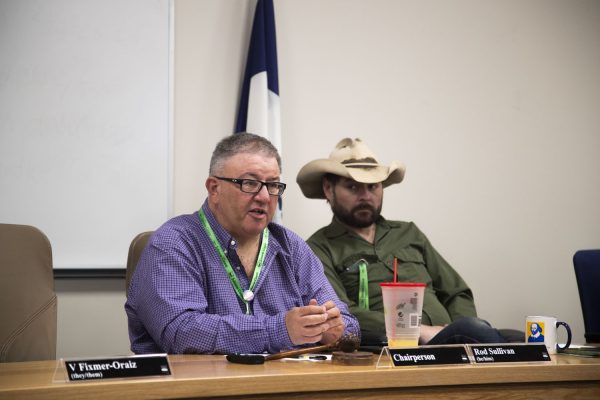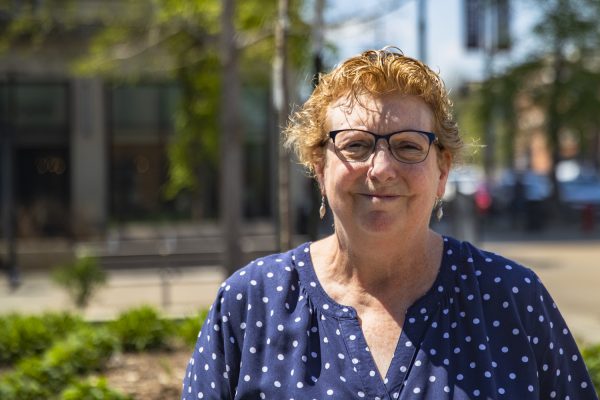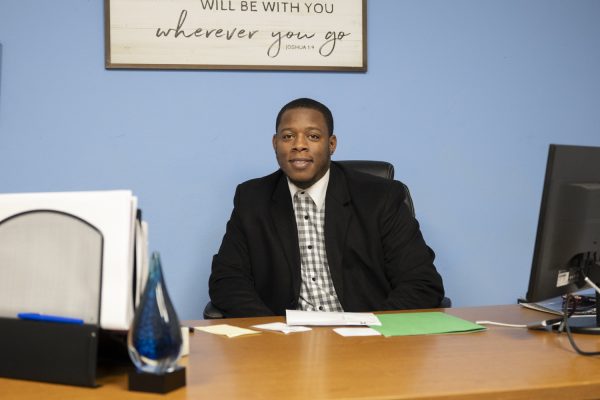Women in police face gender barriers, look to increase numbers
With women only making up 12 percent of police departments nationwide, recent pushes to diversify departments to better serve the community has called for a more intentional recruitment of women officers.
Justin Torner - Staff Photograph
Sanda Trestain – University of Iowa Department of Campus Safety Staff, 2017.
April 6, 2021
Among multiple encounters of civilians disrespecting their authority and being underrepresented within their departments, women in local police departments have seen their gender come into focus inappropriately throughout their careers in law enforcement.
University of Iowa Police Department Sergeant Sanda Trestian said she has worked in the department for 12 years, and during her time as an officer she has seen fellow women officers hired to the force, raising the number of women in the department from four to seven.
Trestian said she loves her job as an officer but being a woman and serving as a police officer has brought many mental and physical difficulties.
She said she has encountered situations where she and a fellow male officer are responding to a call, and the civilians involved have shown blatant disrespect to her rather than her male counterpart.
Trestian said she has endured verbal and physical threats from these individuals solely because of her gender.
“It’s quite often,” Trestian said. “This job being a job where we deal with a lot of people that don’t respect authority, or don’t have respect for authority; there were multiple times when dealing with a criminal a lot of them showed disrespect towards the female officer versus the male officer or attempts to challenge the female just because he does not want to accept the female officer’s authority.”
With renewed calls for police reform since George Floyd’s death and subsequent Black Lives Matter protests in summer 2020, police departments at a local and national level are looking to find creative strategies to diversify their staff.
Many protesters in Iowa City, and nationwide, have called for police departments to be defunded or abolished, rather than reformed.
Iowa City and the University of Iowa are currently studying their respective police departments to redefine how they can best serve and protect the community.
Reducing police brutality that involves excessive force and unnecessary violence against civilians is among the main focuses of the Black Lives Matter movement.
The Washington Post reports that male police officers are more likely to use excessive and often unnecessary force against citizens, which has prompted discussions on how to better recruit women into the field.
The National Institute of Justice reports that women only account for an average of 13 percent of all sworn officers throughout the nation — making women officers underrepresented in police forces across the nation.
UI Associate Professor of Instruction for the Department of Sociology and Criminology Michaela Ruppert said this low percentage of women police officers has remained stagnant over the past decades, after it increased because of recruiting efforts in the 1970s and 80s.
“We did see, based on the available data, some increases following some of the inclusive hiring practice changes in the 70s and 80s, but it’s really kind of held steady at about 12 percent, which is not exactly representative,” Ruppert said.
Ruppert said women remain underrepresented in police forces at an officer level and within leadership positions.
“There’s a variety of barriers or reasons why we see that, but — of the females in law enforcement — more so than their male counterparts, they’re more likely to sort of stay in the lower rank and file positions, patrol, even investigations; less likely to apply for promotion, especially if they think they’re not likely or unqualified,” she said. “Whereas, men with the same or even lesser qualifications tend to be a little bit more outgoing in terms of applying for those promotions.”
Ruppert said, despite efforts to recruit more diverse staff in police forces, there are still invisible obstacles that deter applicants.
“I think it goes well beyond targeted recruitment efforts, because we’ve been doing that for decades,” Ruppert said. “There’s still other barriers, social constructs and ideas about what it means to be law enforcement, that it’s just not drawing females into the field. Targeted recruitment really hasn’t shown a significant impact on overall numbers or proportions on promotion of females into those higher order positions.”
Iowa City Police Department Captain Denise Brotherton said 10 percent of the Iowa City Police Department’s staff consists of officers who are women, which has stayed constant in past years because only a handful of women apply to the force.
With data showing women officers less likely to use excessive force and better deescalate situations, departments across the country have looked to recruit more women.
Brotherton said she thinks, although it is vital to recruit more women officers, it is necessary to focus on recruiting officers with a good set of skills regarding communication and crisis intervention.
“I think male and female officers in the same boat can possess strong communication skills — that’s what we look for,” Brotherton said. “I think any sex can possess strong communication skills and then train in crisis intervention. We have very robust and successful crisis intervention training in our department and the males are just as successful as females.”
Brotherton said she thinks, with recent reformative initiatives in the department, it is important to have the department accurately represent the community it serves.
Brotherton said the department is currently recruiting new officers, and with current recruitment process it looks to add members to the force that are committed to supporting the community.
“I think to represent your community is important,” Brotherton said. “You want a diverse group of people, so if 50 percent of your community identifies as female, well, your goal would be to increase your female officers to better reflect your community.”



